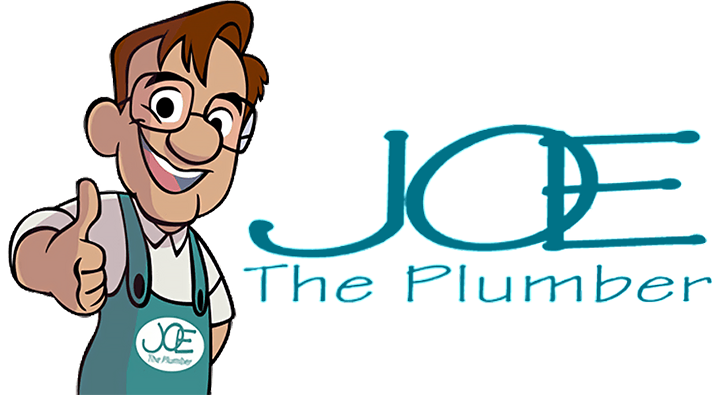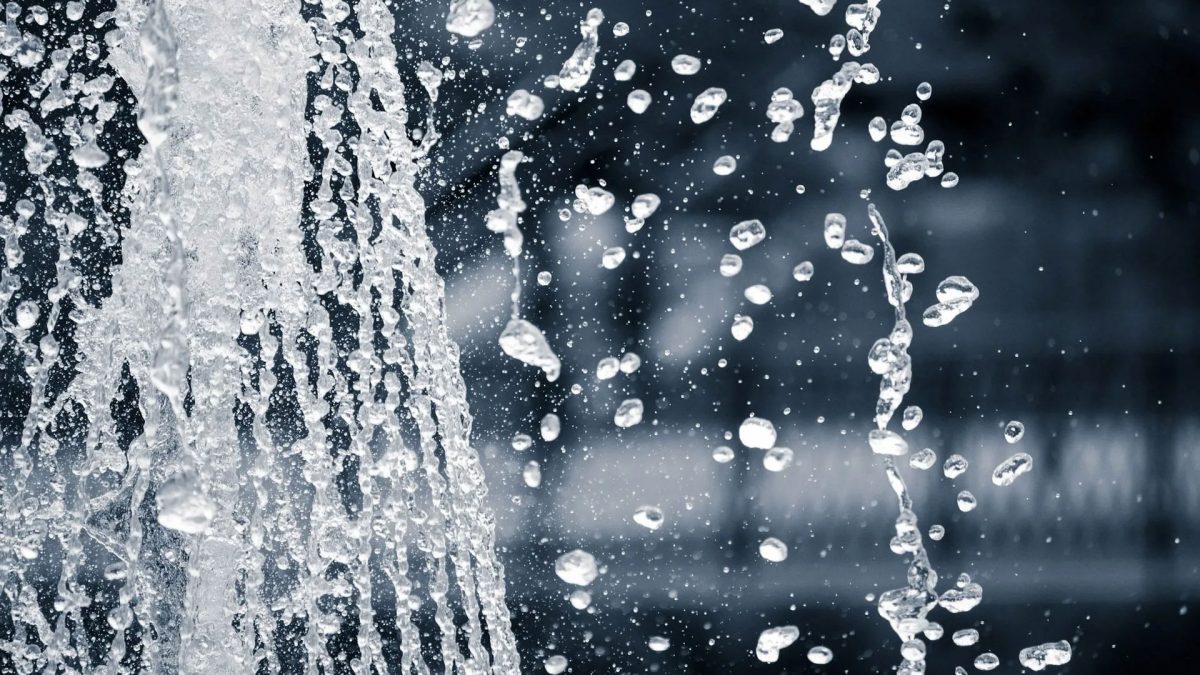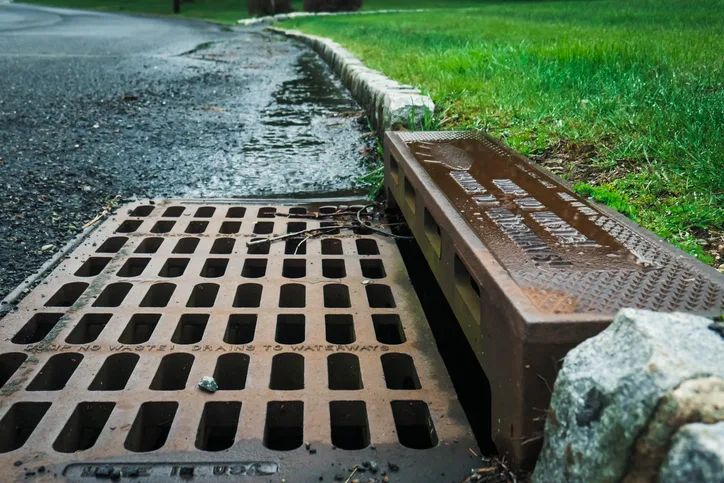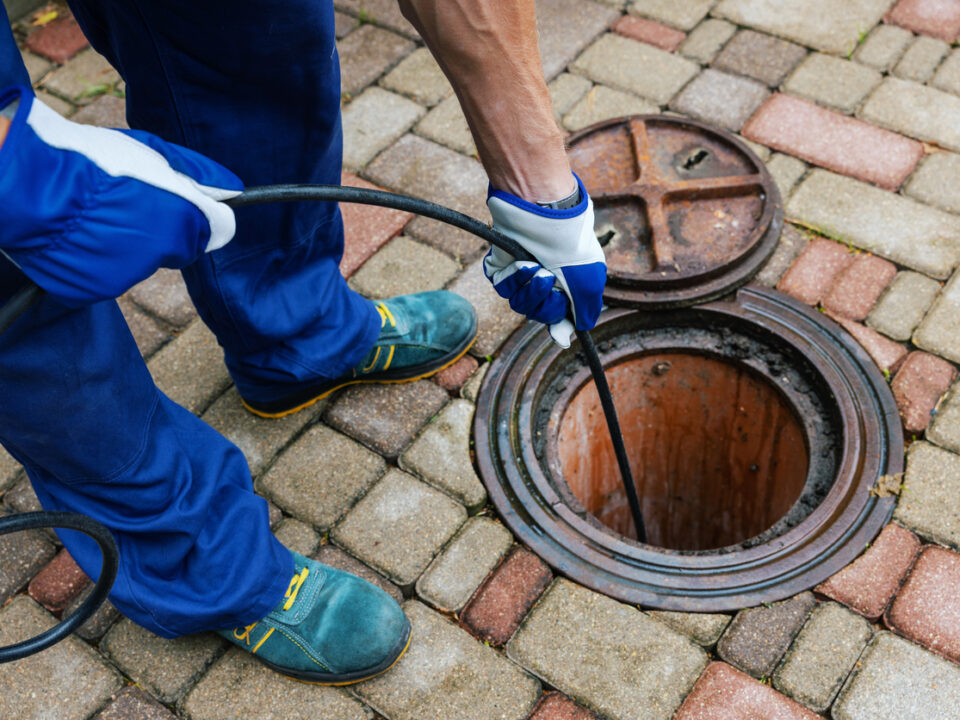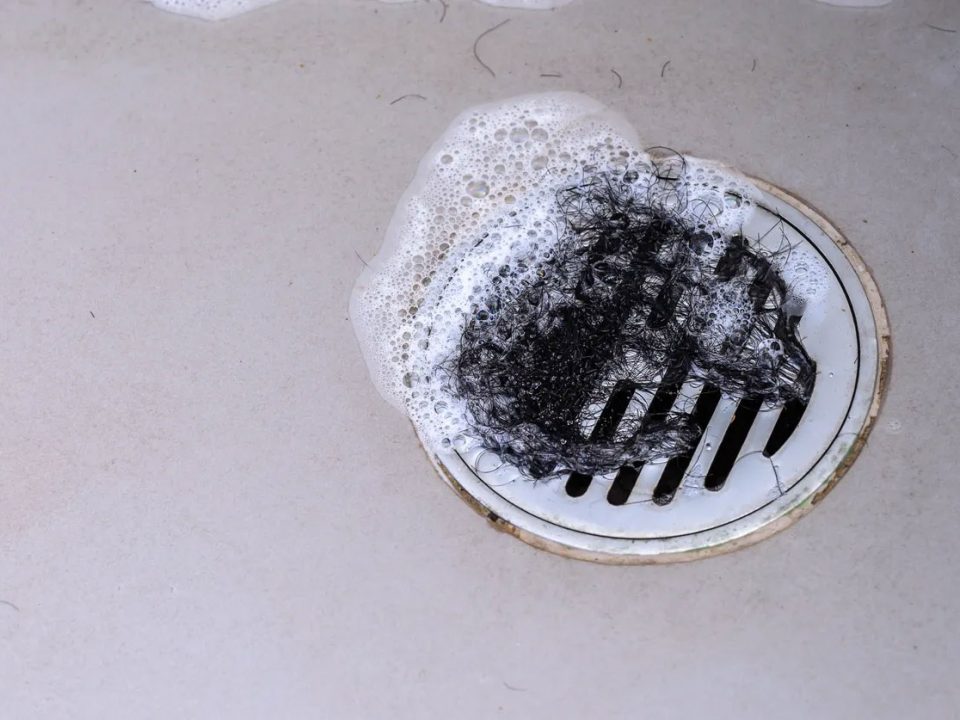Drain Cleaners
When maintaining a smoothly functioning household, one of the most frustrating issues homeowners face is clogged drains. A clogged drain can disrupt daily routines, lead to unpleasant odors, and even cause damage to your plumbing system if not addressed promptly.
Understanding the Importance of Drain Cleaners
Drains are essential to your home’s plumbing system, carrying away wastewater and preventing water from pooling in sinks, bathtubs, and toilets. Over time, various substances like hair, grease, soap scum, and food particles can accumulate in your pipes, leading to clogs. This is where drain cleaners come to the rescue.
Types of Drain Cleaners
Chemical Drain Cleaners
Chemical drain cleaners are readily available in most hardware stores and are designed to dissolve clogs quickly. They contain potent chemicals that break down organic matter and debris in your pipes. However, they should be used cautiously, as they can be harmful if mishandled.
Biological Drain Cleaners
For those seeking eco-friendly alternatives, biological drain cleaners are a great choice. These cleaners use enzymes and bacteria to break down clogs naturally. They are safe for your plumbing and the environment, making them a sustainable option.
Mechanical Drain Cleaners
Mechanical drain cleaners, or drain snakes or augers, are manual tools used to physically remove clogs. They are particularly effective for stubborn blockages that chemicals may not clear.
DIY vs. Professional Drain Cleaning
While DIY methods can be effective for minor clogs, knowing when to call in a professional is essential. Professional drain cleaners, like Joe The Plumber, have the expertise and specialized equipment to tackle severe clogs and prevent recurring issues.
Frequently Asked Questions
What are the common causes of clogged drains?
Clogged drains can result from various factors, including the accumulation of hair, soap scum, food particles, and grease. Tree roots invading your pipes can also be a cause.
How do I use chemical drain cleaners safely?
When using chemical drain cleaners, always follow the manufacturer’s instructions carefully. Wear protective gear, ensure proper ventilation, and never mix different types of drain cleaners, as this can produce dangerous fumes.
Are there eco-friendly drain cleaning options?
Biological drain cleaners are eco-friendly alternatives that use natural enzymes and bacteria to break down clogs without harming the environment.
When should I hire a professional drain cleaner?
Consider hiring a professional if you have recurrent clogs, slow drainage, or ineffective DIY methods. Professional drain cleaners can diagnose and address complex issues.




